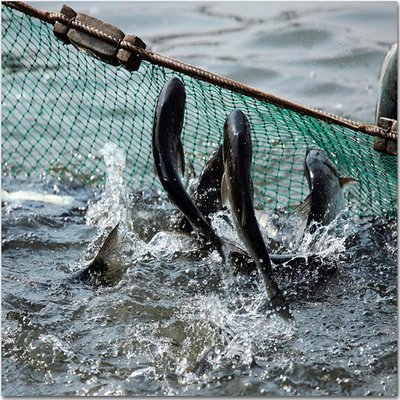Current Status Of Aquaculture Wastewater And Commonly Used Water Treatment Technologies
While the aquaculture industry has made great achievements, the direct discharge of a large amount of aquaculture wastewater has also caused surrounding Water pollution; In recent years, outbreaks of diseases and large-scale deaths of freshwater fish, marine shrimps, shellfish, etc. have occurred frequently, making people realize that the research and development of aquaculture water purification technology is becoming more and more important.

Main Source Of Wastewater
-Autologous wastewater
-Domestic and industrial wastewater
-Overuse of Aquaculture drugs/chemicals
Aquaculture wastewater mainly includes the following substances:
One is inorganic pollutants, represented by nutrients such as N and P and suspended particles. Extensive use of feed, excrement of aquatic products, algae and microorganisms; these will seriously affect the water body and adjacent waters of the dog breeder, create eutrophication of the water body, destroy the ecosystem structure and function of the breeder watershed, and lead to ecological imbalance.
The second is organic pollutants, represented by disease microorganisms and chemical oxygen demand (COD). They mainly come from the part of feed and fertilizer not absorbed by aquatic products, the metabolic excrement of aquatic products, dead debris, etc., which will cause a sharp increase in the number of chemically required oxygen and pathogenic microorganisms in the water, such as Escherichia coli, Toxobacter, parasites, viruses, Fungi, etc. They can affect the longevity of aquatic products in the slightest, and cause disease pollution in severe cases, and may cause cross-infection of diseases through the discharge of wastewater.
Solutions:
The primary treatment capacity of adding coagulant shows that it improves the suspension in water. The removal rate of mechanical substances and colloids can improve the quality of primary effluent and reduce the organic loads for subsequent processing to save investment and operating costs.
The popular chemicals we usually choose are Polyaluminium Chloride(PAC), Polyaluminium Ferric Chloride(PAFC), Polyferric Sulphate(PFS), Polyacrylamide(Pam) and sodium hypochlorite(NaClO). If combined with the ultra-fine flotation equipment and the physical and chemical combination technology of front-end dosing, the decentralized and periodic aquaculture tail water treatment will become very efficient. In the case of adding 40 mg.L-1 of PAC, 2 mg.L-1 of PAM and 30 mg.L-1 of NaClO, this process technology can stably reduce COD, ammonia nitrogen and total phosphorus in aquaculture wastewater to Within 50mg.L-1, 1.0mg.L-1 and 0.3mg.L-1.

Polyaluminium Chloride (PAC) with different contents
